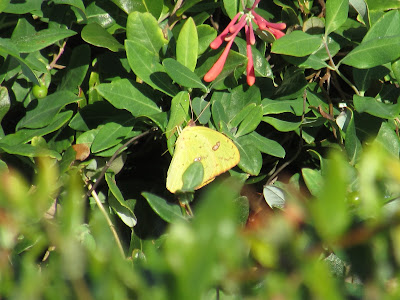Nature Note #207: Thoughts of a Nemophilist

One of many live oaks on Bogue Banks. Personal Photo. When you think of an oak, you might envision a mighty tree standing proudly among its fellow trees, its branches brimming with acorns. Squirrels and jays hop betwixt its limbs in a fervent collection spree to supply themselves with food for the harsh winter ahead. When I think of an oak, I'm used to the oaks of New England especially the towering red oaks that lined a back corner of the yard at my parent's old house in Sudbury, Massachusetts. Over the years that we lived there, we were witnesses to many of nature's little moments that sometimes play out at the right moment. One winter, those trees hid a barred owl that gazed at my dad and I with its deep brown eyes. After my parents had the smelly chestnuts removed one spring morning; later that fall, squirrels and chickens alike scampered over their leaves looking for acorns and other fallen treasures. While the chickens were an addition to the oaks domain, the s





